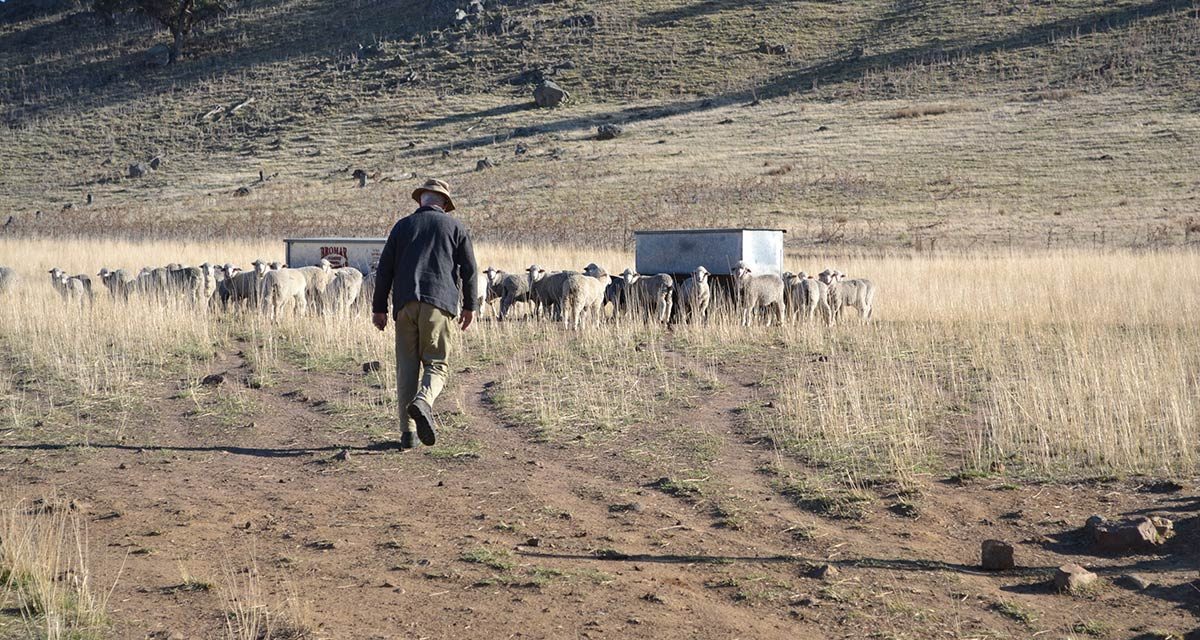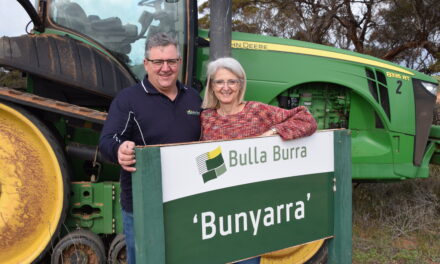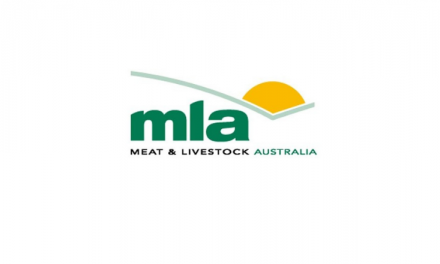Of course, it would be easier if our crystal balls would indicate when the rain tap would turn off. So it pays to be well prepared.
A written plan is the basis for any preparation. Factors to consider include vegetation protection, stocking strategies, fodder, water and financial reserves.
Talk to your rural advisers about suitable trigger points for your area. For example, x ml of rainfall by x date, a percentage ground cover, or similar … something concrete that takes emotion out of the equation.
You’ll probably want to take into account weather patterns, time of year, soil moisture and the type of pastures. Keep in mind that the worst of the dreaded d-words – drought – usually come after a failed spring.
Remember, there is no one-size-fits-all strategy to prepare for dry spells. Act early, don’t wait for a crisis.
Elements of a drought plan
- Ground cover, i.e. protection for your soil.One thing you’ll want to avoid is your precious topsoil hitchhiking to greener climes. Do you have drought-tolerant pasture species? Will you reduce grazing pressure?Stock containment areas – otherwise known as sacrifice paddocks or drought lots – are stocked intensively in order to protect the vegetation on the remainder of your property. If you intend to set-up a stock containment area, seek professional advice to guide you through site selection, infrastructure, nutrition, animal welfare and other issues.
- Stocking strategies.Will you sell, feed or agist? Do your sums carefully. During most droughts, the price of stock plummets, while the price of grain and hay skyrockets. Do you have the machinery to handle hay or grain?A common plan is to ‘lighten off’ at the first hint of a pear-shaped season. Prioritise your stock in terms of long-term value to your business. For example:
- Cull females are often sold annually regardless of season. If the weather patterns are looking ominous, you may be more heavy-handed than usual when you class your animals – then whatever happens at least you’ll have improved genetics in your flock.
- Aged females. These animals are still productive, but aren’t going to be great contributors to your future business. It may hurt, but these can go.
- Neutered males (wethers, steers etc) can be sold at any time as they do not have the complication of pregnancy or young at foot to consider. Will grain rations result in sufficient weight gain to cover the costs?
- Agistment may be an option for cattle or horses, but can be hard to find in a widespread drought. Sheep, goats and alpacas are more difficult to agist.
- Your youngest females carry your best genetics. These core breeders are the animals most likely to reward investment. Again, work out whether feeding or agistment may be an option.If you are going to feed, start early. It takes time to introduce animals to supplementary feed. Some farmers routinely train soon-to-be-weaned youngsters onto a small amount of supplementary food while they are still with their mothers. Even so, there are always shy feeders that don’t take to the feed.Will you feed for maintenance or production? Mature stock need energy; young stock need a minimum of 14 per cent protein for growth. They may need supplementary vitamins and minerals on grain-only rations for an extended period. If you don’t have the resources to feed for an extended period, you may be better off selling early, even if prices have started to dip.Beware of grain poisoning, purchasing contaminated feed and introducing weeds with hay.
- Fodder reserves.Do you have enough hay, silage and/or grain on hand?Strategies to improve fodder reserves:
- Fill silos at harvest time and/or when grain is relatively cheap.
- Buy hay in good times.
- Make your own hay or silage during good times.
- Don’t overstock.
- Water reserves.Remember that creeks and rivers, even permanent ones, can stop flowing or dry up altogether. Dams and bores dry up. If you irrigate, do you have access to sufficient water to keep plants, e.g. nut trees, grape vines alive? Enough to keep them in production?The lower the water levels, the more urgent the stock sales. Carting water is tedious, time-consuming and expensive.
- Financial reserves.
- Just as you can make hay in times of plenty, you can build financial haystacks. Farm Management Deposits can ‘silo’ money deposited in good years for when times are tough.A number of conditions apply. For example, only income from primary production can be deposited, and a primary producer’s non-primary production income must be less than $100,000 in the financial year they make the deposit. Ask your financial institution for details.
- One time-honoured drought plan is “marry a teacher”.
- Look after yourself.The sight of your hard work desiccating can be emotionally devastating. The monotony of feeding stock or carting water gets very wearing. The financial pressures may be extreme. When you make your drought plan, consider your own needs and those of your familyCan you enlist outside help? Sell stock? Take a holiday or get a temporary job?Keep an eye on your partner/friends/children. Droughts can be tough. A rural financial adviser or rural counsellor may help..
Of course, your drought plan will reflect your own circumstances.
No surprises for Gordon
Gordon Allen has run Zamenhof, a picturesque 142ha acres on the Yass River, north of Canberra for 15 years. Just over 12 months ago he sold the sheep and cattle that had been grazing on leased country and now concentrates on his 300 cross-bred ewes. He aims to breed a self-replacing composite flock.
The former plumber from Canberra detests the word ‘drought’.
“There’s never been a drought in Australia. It’s normal. There’s dry years and there’s wet years. No-one should be surprised if we get dry spells,” he says.
The 64-year-old prepares for dry times by stocking lightly. “I very proudly run a very slack enterprise.” That means his pastures last well. He doesn’t really lighten off, but in a tough year will finish lambs with grain before selling.
“I put a truckload of oats or something in the silo … It’s always handy to have a bit of oats in the silo.”
The Yass River provides permanent water, which is piped to a system of troughs. The river itself is fenced off to reduce the risk of erosion and enhance water quality.
Computer programs can estimate pasture growth rates and nutritional requirements of stock, which assists planning. Although Gordon is no tech-guru, he appreciates the importance of technology in modern farming.
“For modern farming it’s more important to drive your laptop than your tractor.”
Gordon is active member of Landcare with a keen interest in politics. Of farming, he says: “The most important thing is to enjoy it all.”
And weather the dry spells. Remember, it will rain again. Each day, the rain gets closer.








